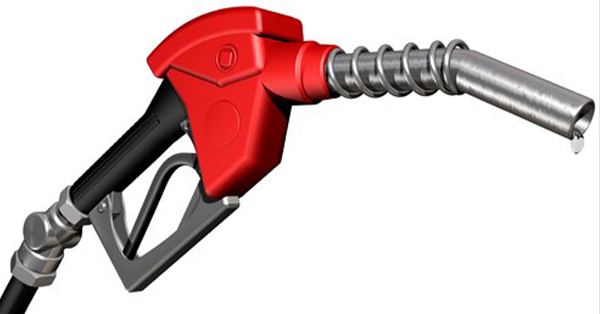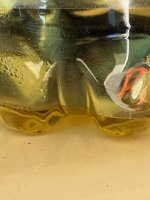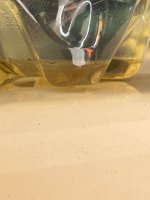kbowley
Well-Known Member
- Joined
- Jun 8, 2011
- Threads
- 2
- Messages
- 225
In my opinion, adding one ounce per gallon is superfluous and will not significantly extend storage time. That is three times the suggested ratio of mix. I follow the directions and have never had any problems. All my machines, though, are kept year-round in a heated garage. Some of my "stuff" fires right up after sitting for three, four, or even more years. But there is nothing wrong with that if it gives you more confidence; it will not hurt anything.Some of those things you say can be true in certain situations but it feels like a lot of Doom and gloom. Lol
Also, there is no need for a "really good" fuel stabilizer like startron which is more expensive.
Plain old traditional red Sta-bil is what I've been using commercially for almost 14 years.
You don't even need to buy the 360 shield or The ethanol or the boat or any of the other overpriced ones unless you can manage to lower your cost per ounce because those are all more concentrated.
One caveat to all of this though.
I DO NOT use at the lowest recommended dosage which for regular sta-bil is 1 oz for every 2.5 gallons.
This is what they used to say for regular maintenance use.
Then, they had a pink one inch wide box across the back of the label on the full size bottle that said:
"For long-term storage up to 2 years, use at a ratio of 1 oz for every gallon of fuel."
They stopped putting this on there 8 or 10 years ago probably because there were too many jackholes calling up in 1 year, 11 months and 29 days wanting their money back because their engine wouldn't start because they left them sitting out in the rain or their gas can had water in it etc.
I have always and only used the one ounce per gallon ratio and you should ALWAYS AND ONLY put the one else into an empty gas can and then put your fresh fuel into it from the gas pump at the station.
NEVER cheat like a lot of people do and just add a capful or whatever to the gas tank on your equipment even if you try to shake It up or run the equipment for a few minutes..
JUST DON'T!
Doing it this way of 1 oz per gallon makes all the lousy 10% ethanol fuel I have used over the past 10 plus years maybe 15 plus years perform and last just as long as the gas in the mowers I had back in the 70s.
I still joke about it but it's very true that back then it seemed almost every year my Tecumseh mowers would have to have their carb bowl take it off and at least dumped out and let some fresh gas run through the needle valve before they would run.
You normally didn't have to touch the jet because it wasn't clogged it just had big moisture water bubbles floating around in the bowl.
This is with pure 100% fuel and even leaded fuel before that.
We never had to do anything to the Briggs engines because the earlier ones didn't have the float bowl style carburetor but the tecumseh's every time!
The fuel now even though it's lower quality, as long as you add the 1 oz of stabilizer correctly to each gallon of fuel, is far better than this old gas situation and these engines run fine and start right up at the beginning of the season.
Gas is lower quality and junky overall compared to what it used to be and I really don't think all the problems are strictly due to ethanol.
There's a lot of other crap in gas that I don't think used to be there and certainly a different ratios.
It also seems to vary about times and even brands or types of fuel you get.
Today it seems that when they evaporate at minimum you'll get a white chalky powder.
Theen a little bit more you'll get a greenish thicker residue.
Then the next step of lousy fuel would be a dark red mahogany almost brown or black goopy tar looking build up.
It's not like this didn't happen though with old fuel.
We had a vehicle sit for 17 years and probably had a full tank at the time or at least a lot of fuel in it.
The gas was purchased in 1971 so it was good quality leaded fuel by today's standards.
It turned into a Brown almost dark brown black at least caramel looking or peanut brittle looking concoction.
It was thick and sticky like tar and certain parts had dried up and would chip off just like peanut brittle but a little bit darker.
This certainly wasn't due to ethanol in the fuel.
So yes, ethanol fuel may have a shorter lifespan and doesn't store as well and it's raw form out of the gas pump but 1 oz of plain old regular Sta-bil makes it just as good if not better than the stuff we were using way back then.




